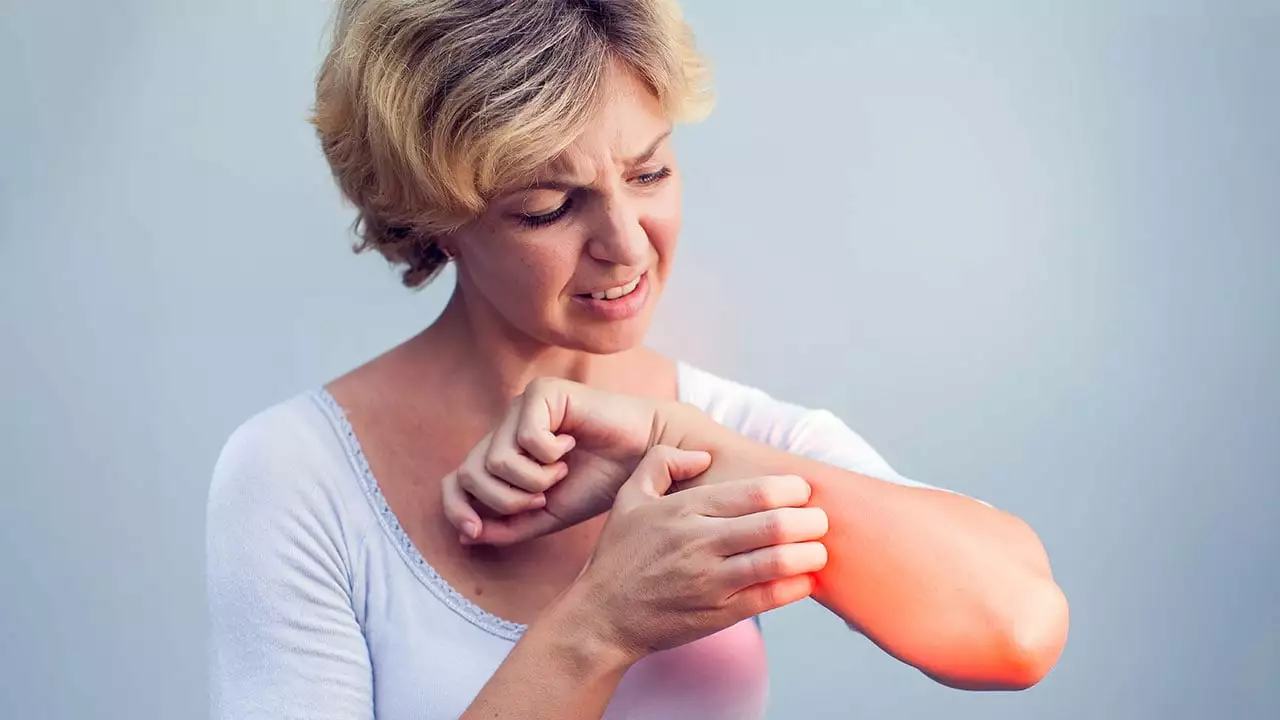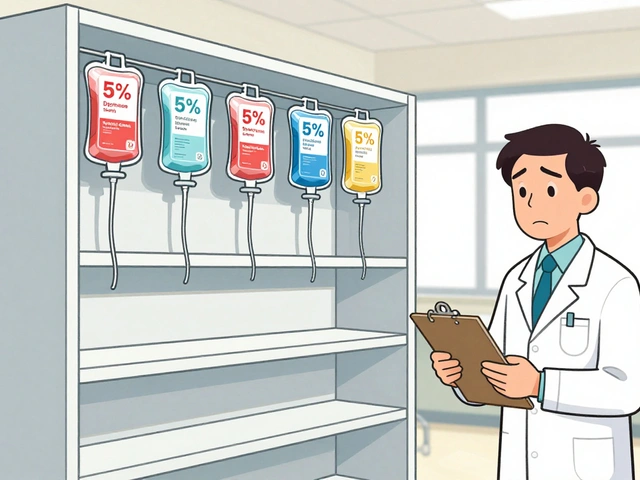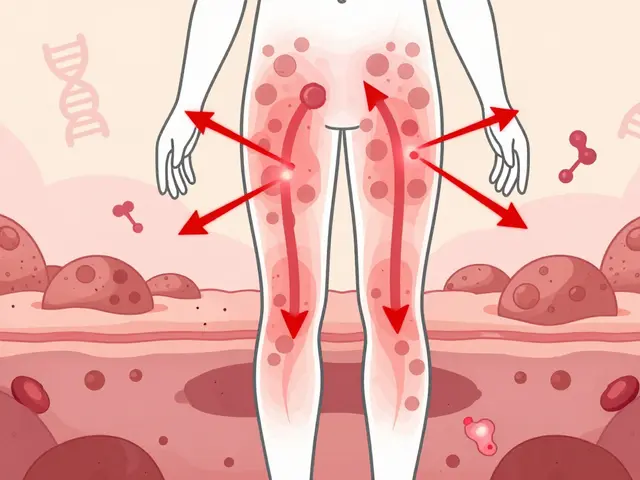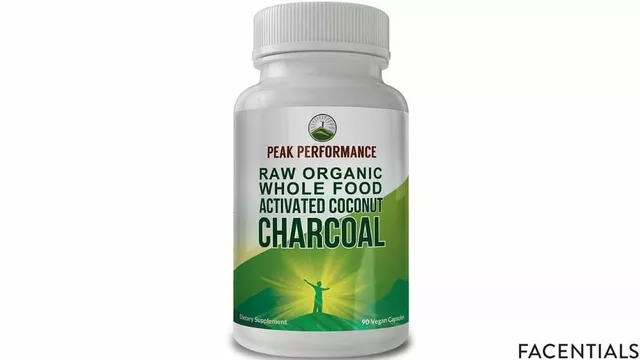Skin Irritations: Quick Help, Simple Fixes
Skin irritation shows up as redness, itching, burning, or small bumps. It can be annoying and sometimes painful, but most causes are easy to identify and treat at home if you know what to look for. Below are clear, practical steps you can try today and signs that mean you should see a clinician.
Common causes and quick checks
Start by asking: did you try a new soap, lotion, or detergent? Contact with new chemicals often causes irritant or allergic contact dermatitis. If the rash matches the area of contact (hands, wrists, neck), that’s a big clue. Other causes include insect bites, heat rash, fungal infections (like athlete’s foot), eczema, psoriasis, and reactions to medications.
Look for small details: blisters or oozing suggest infection or severe allergic reaction. Well‑defined scaly patches often mean fungal infection or psoriasis. Widespread raised welts that move around suggest an allergic reaction. Keep a quick photo timeline—take a picture now and another tomorrow to see if it’s spreading.
Fast home treatments that really work
Cool compresses for 10–15 minutes soothe burning and itch. Rinse off suspected irritants with plain water and mild soap. For mild allergic or inflammatory rashes, apply 1% hydrocortisone cream once or twice daily for up to two weeks. Oral non‑sedating antihistamines (like cetirizine or loratadine) help with itching and hives.
If the rash looks fungal (ring shape, scaly center), use an OTC antifungal cream twice daily until a week after it clears. For dry, cracked skin from eczema, use a plain moisturizer immediately after bathing and several times a day. Avoid fragranced products and wear breathable fabrics—cotton wins over synthetic blends for irritated skin.
Avoid scratching. Keep nails short and consider a cold compress or antihistamine at night to stop overnight scratching, which often causes infection.
When to see a doctor: get help if you have fever, spreading redness or streaks, pus, severe pain, rapid swelling, or rash near the eyes or genitals. Seek urgent care for any signs of anaphylaxis—trouble breathing, throat tightness, dizziness, or sudden swelling of face/lips. Also see a clinician when a rash doesn’t improve after 1–2 weeks of self‑care, or keeps coming back in the same spot.
What a clinician might do: they may prescribe stronger topical steroids, oral antibiotics for infection, oral antifungals, or recommend patch testing for persistent allergies. If needed, a dermatologist can use targeted treatments like topical calcineurin inhibitors or light therapy for chronic conditions.
Prevention tips: patch test new products on a small skin area, choose fragrance‑free items, wear gloves for cleaning, keep skin dry in hot weather, and use sunscreen to avoid sun‑triggered flareups. Keep a list of products you use and photos of any reactions—this saves time at appointments.
Small rashes clear fast with the right steps. If you’re unsure or worried, get professional advice—better safe than sorry.

I recently explored the fascinating connection between skin irritations and food sensitivities. It turns out that certain foods can cause or exacerbate skin issues like eczema, acne, and rashes. This happens because our body reacts to these trigger foods by releasing inflammatory chemicals, which can manifest as skin problems. Identifying and eliminating these foods from our diet can significantly improve our skin health. So, it's definitely worth paying attention to what we eat and how it affects our skin.






